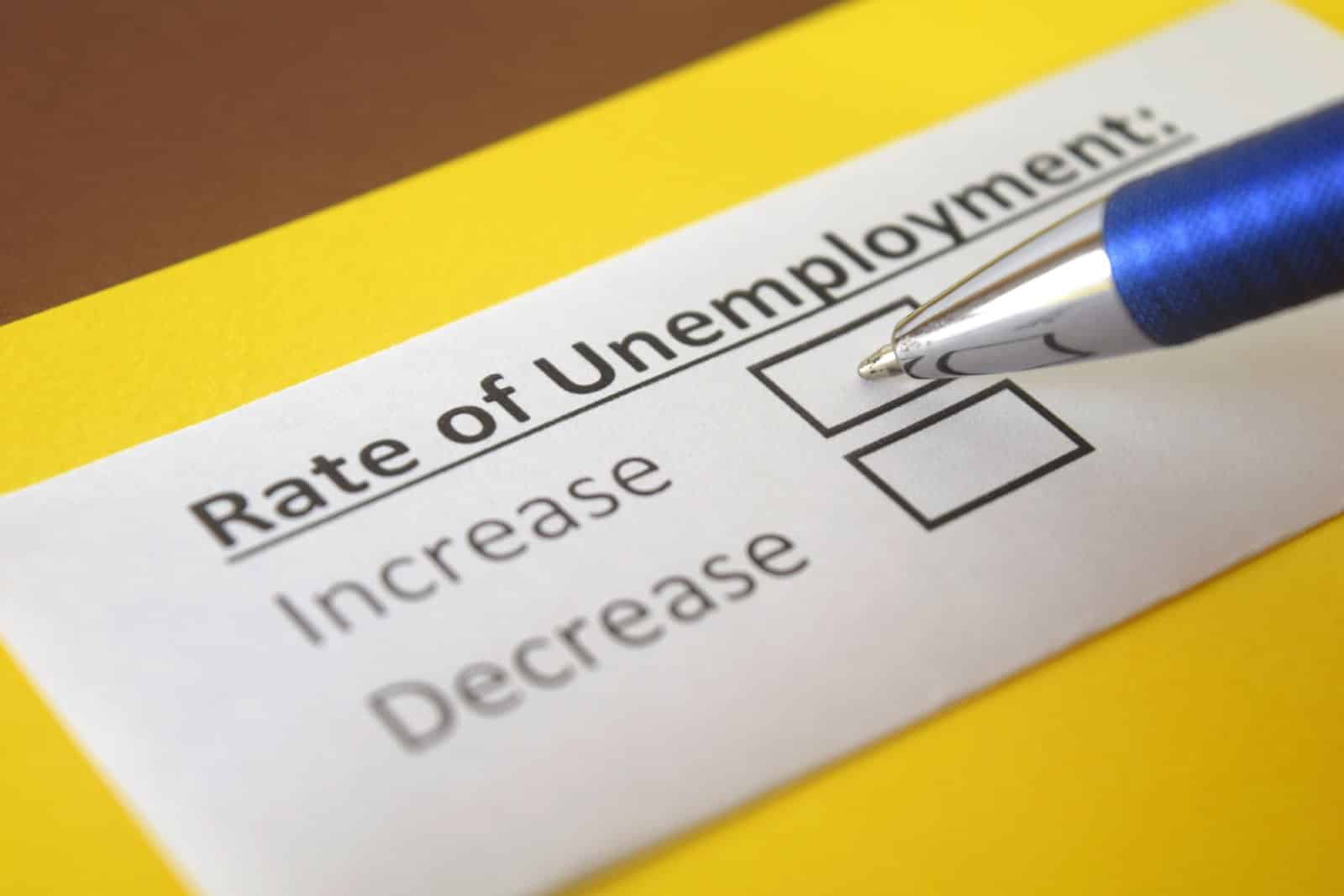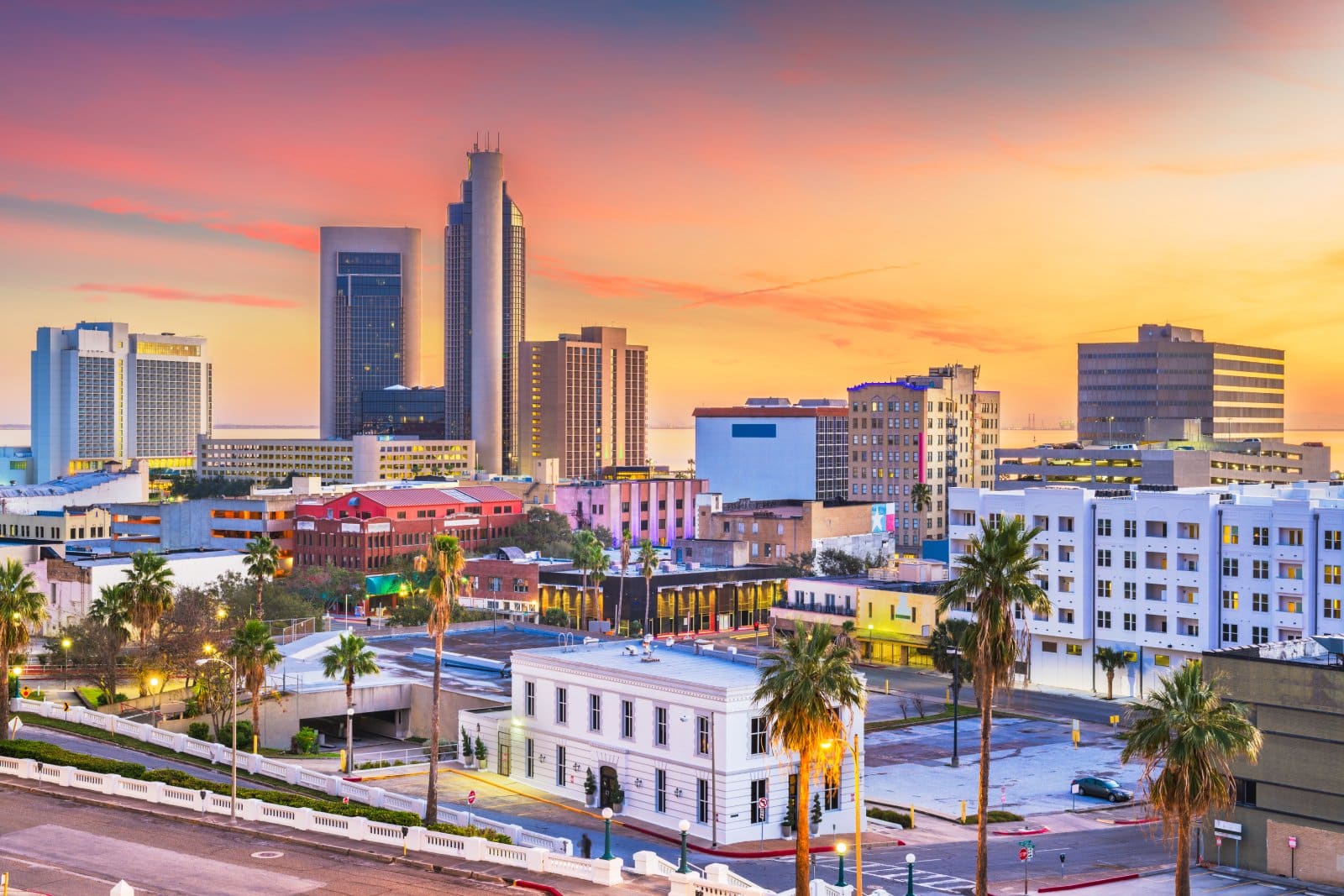Despite a miserable view of the economy, Americans are spending like never before. From retail therapy to essential services, customer behavior just isn’t making sense. But what’s driving this surge in spending when the economy seems so bleak?
A Pricey Pandemic

During the pandemic, Americans trapped inside turned to online shopping for everything from luxury goods to hobby supplies. E-commerce sales soared by 43% in 2020, in no part thanks to stimulus checks that padded out savings accounts.
A Boost To The Economy

Despite warnings from economists about an impending recession and the “death of the consumer,” spending never took a hit. Instead, it improved economic growth throughout 2023 and early 2024.
Inflation Rising

Inflation peaked at 9.1% in June 2022 and has remained high. But consumer spending increased by 0.8% in March 2024, far beyond what experts had predicted.
Is The Spree Over?

April saw no growth – which could suggest that the shopping spree is over. But this data doesn’t include spending on services, like healthcare and insurance, which have risen significantly while prices for these have also risen significantly.
Too Soon To Say

Economists suggest that while spending might cool off later this year, it’s too early to say a slowdown is happening now. High interest rates, which the Federal Reserve is not expected to cut until late 2024, will likely stop spending eventually – although you can never be sure.
Spending Still On The Up

While many Americans feel depressed when it comes to the economy, this feeling hasn’t slowed spending.
Low Consumer Sentiment

The University of Michigan’s consumer sentiment index hit a low of 67.4 out of 100 in May, which shows that the majority of the public has some form of economic worries.
High Earners Driving Spending

Despite this, the top 20% of earners – people who make at least $244,025 per year – are continuing to push consumer spending statistics.
Rich Households Flush With Cash

In fact, they’re responsible for a huge share of overall consumer spending when you look at the data. These rich households have largely been free from any economic worries and are currently flush with cash.
Savings In The Bank

During the pandemic, savings rates hit an all-time high of 32% in April 2020, thanks to stimulus checks. Now those savings are nearly gone, but spending hasn’t stopped. According to economists, these savings could last until mid-2024 or mid-2025.
Homeowners’ Low Mortgage Rates

A lot of high-income homeowners were lucky to lock in a low mortgage rate before interest hikes began in March 2022, and rising home values have only increased their spending power.
Big Gains From The Stock Market

Investment funds have also seen big gains, as the stock market has hit new highs in the last few months. Rich Americans, especially the older ones with government bonds, are benefiting from higher interest rates – meaning more spending from their investment income.
Poorer Americans Struggling

While high-income consumers continue their spending spree, not all Americans are doing as well. Low-income households are struggling with rising prices and mounting credit card debt. Despite the fact that inflation has come down, these families are finding it harder to make ends meet.
Prices Remain High

Even though inflation has dropped, prices have remained the same, creating a knock-on effect for those poorer families.
America’s Debt Dilemma

Research shows that credit card debt, which was down during the pandemic, has bounced back to pre-pandemic levels. The average balance rose by 8.5% to $6,218 in the past year. More than half of those earning less than $25,000 have credit card debt.
Economic Doubt Across The Board

These economic issues are contributing to overall economic doubt, especially among those living paycheck to paycheck.
Unemployment To Rise?

Although the job market is currently strong, analysts predict there will be a rise in the unemployment rate from 3.8% to 3.9% and a slowdown in wage growth in 2024.
Consumer Spending Statistics Won’t Change

This could further impact poorer Americans, but likely won’t make a dent in consumer spending statistics as they make up a smaller share of total spending when compared to the rich.
How Long Will This Last?

The big question is how long this spending trend can last. Some analysts believe the stock market is due for a big correction, which could finally curb high-income spending and would probably make a big dent in some people’s investment portfolios. Plus if interest rates stay high, everyone might start to feel more financial pressure.
Looking Ahead

Richer households continue to drive spending, thanks to savings, investments, and rising home values, while poorer families are struggling with debt, food insecurity, and inflation. Whether there will be any relief for poorer families remains to be seen, and ultimately it’s in the Fed’s hands.
Remote No More: 19 Companies Returning to the Office

As the pandemic wanes, companies are recalling remote workers back to the office, sparking debates on fairness, costs, and convenience. However, there are also notable productivity, coworking, and mental health benefits to consider. Feeling the effects of these changes? Remote No More: 19 Companies Returning to the Office
8 Costco Must Buys and 8 to Leave Behind

Ever wandered Costco’s aisles, questioning if that giant jar of pickles is a real bargain? Or debated buying tires where you get your rotisserie chicken? Welcome to the definitive guide to Costco shopping—a journey to save money, prevent regrets, and offer quirky insights into bulk buying. 8 Costco Must Buys and 8 to Leave Behind
23 Reasons Texas Is the Next Big Thing

Texas is becoming a beacon of opportunity, blending cultural heritage with economic growth. From its landscapes to its industries, the Lone Star State offers a dynamic lifestyle. Here are 23 reasons why Texas stands out, attracting entrepreneurs, artists, tech professionals, and families seeking new beginnings. 23 Reasons Texas Is the Next Big Thing
15 Top Sites to Sell Your Unwanted Goods Besides Craigslist

Selling your unwanted items can declutter your space and boost your income. While Craigslist is popular, there are many alternatives with unique features and wider audiences. Explore these 15 Craigslist alternatives for selling everything from furniture to electronics, finding the perfect platform to turn clutter into cash. 15 Top Sites to Sell Your Unwanted Goods Besides Craigslist
Work from Anywhere: 19 Companies Still Supporting Remote Work

Tired of commuting and craving work flexibility? You’re not alone. Many companies now offer remote work, benefiting both employees and employers. Ever wondered how this shift could enhance your work-life balance? Work from Anywhere: 19 Companies Still Supporting Remote Work
The post – Why American’s Spending Habits Are Making No Sense – first appeared on Liberty & Wealth.
Featured Image Credit: Shutterstock / Elpisterra.
The content of this article is for informational purposes only and does not constitute or replace professional financial advice.

